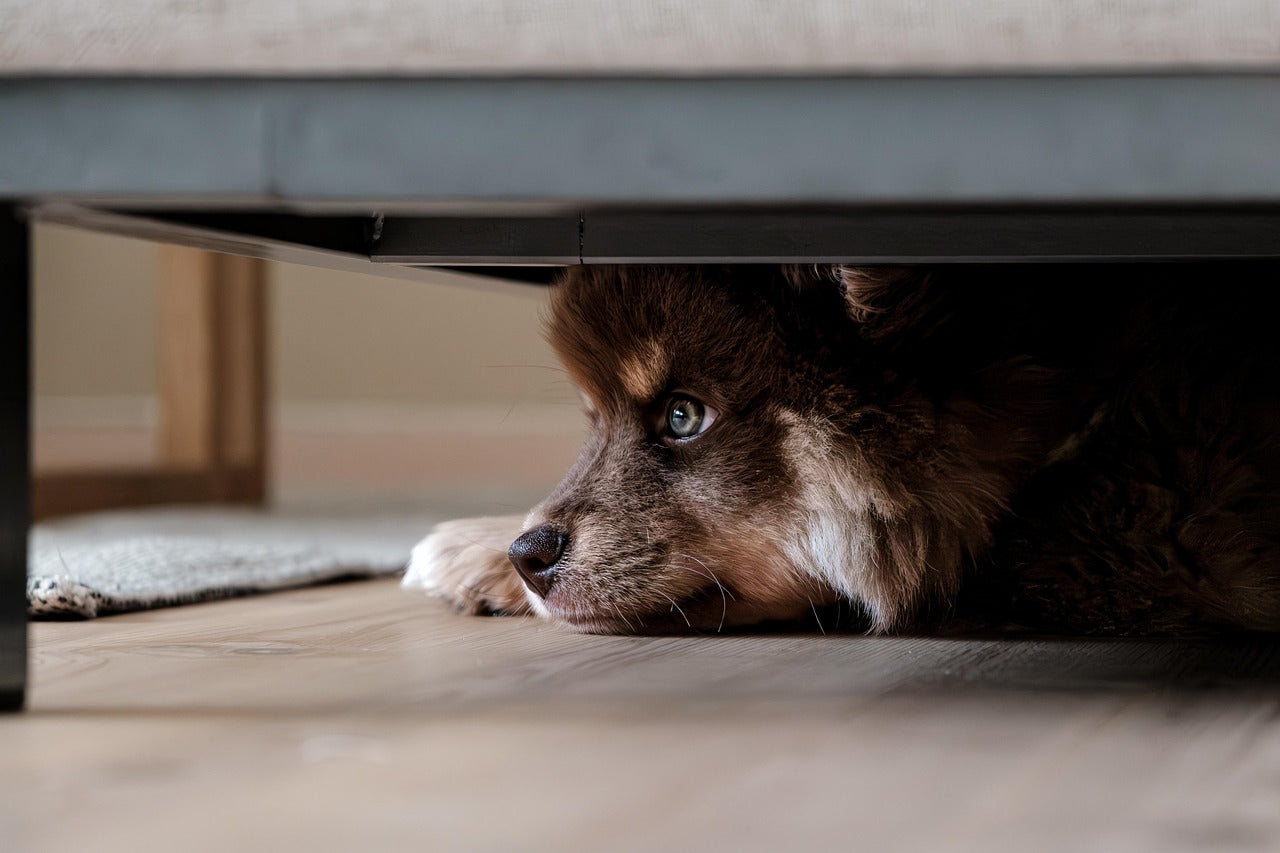Potty training isn’t one-size-fits-all. Where you live—whether it’s a house with a yard, an apartment, or a duplex—can significantly affect your dog’s potty routine. Outdoor accessibility, designated potty spots, and even neighbors can influence how quickly your dog adapts.
Your dog’s daily activities and breed also play a role. Some breeds need more frequent potty breaks, while others have better bladder control. For many pet parents, especially renters, potty training comes with unique challenges—but the right approach (and sometimes the right tools) can make all the difference.
Here’s a complete guide to establishing potty habits that work for both you and your dog, including when to use pee pads and dog diapers as part of your training plan.
1. Start With Potty Training Basics
Before building a routine, make sure your dog understands where and when to go. Ideally, puppies should start training early, but older rescue dogs can learn, too.
-
Set a schedule: Take your dog out (or to their potty pad) at consistent times.
-
Designate a spot: Use the same outdoor area or indoor pad to reinforce habits.
-
Consider health: If accidents persist, consult your vet to rule out urinary or digestive issues.
👉 For apartment living, pee pads can be a lifesaver. Place them near a balcony door or bathroom, and always bring your dog to the pad after meals, naps, or play.
2. Schedule Potty Breaks Throughout the Day
Puppies and senior dogs require more frequent breaks:
-
A puppy can usually “hold it” about 1 hour per month of age.
-
Senior dogs may need to go every 4–6 hours.
If you work from home, you can easily adjust. But if you’re at the office, consider:
-
Hiring a dog walker
-
Asking a neighbor
-
Using doggy daycare
⏰ Regularity matters. The more predictable your dog’s potty times are, the fewer accidents you’ll clean up indoors.
3. Use Positive Reinforcement
Rewarding your dog for going in the right spot is key. Treats, toys, or simple praise help your dog make the connection: “Potty here = good things happen.”
Consistency builds trust. Don’t scold accidents—redirect instead.
4. Pee Pads & Dog Diapers for Rentals & Apartments

If you rent or live in a high-rise, quick outdoor trips aren’t always possible. Here’s where indoor potty solutions help:
-
Pee Pads: Best for puppies, small breeds, or apartment dogs with limited outdoor access. Pads protect floors and train dogs to go in a specific spot indoors.
-
Dog Diapers: Useful for senior dogs, dogs with incontinence, or dogs prone to marking indoors. Disposable options like HoneyCare Dog Diapers offer:
-
High absorbency and leak protection
-
Breathable, skin-friendly materials
-
Convenience for renters (no mess on carpets or furniture)
-
💡 Tip: Use pee pads during training and transition gradually to outdoor potty habits when possible. For older or special-needs dogs, dog diapers may be a long-term solution.
5. Consider Dog Walkers or Doggy Daycare
If your schedule doesn’t allow mid-day potty breaks, professional help may be worth it. Dog walkers ensure your pup gets both exercise and potty time. Sites like Rover and Care make it easy to connect with trusted walkers.
Doggy daycare is another option—great for socialization, exercise, and consistent bathroom breaks.
6. Align Feeding & Potty Schedules
Dogs thrive on routine. Feeding times directly affect potty times. For example:
-
Feed twice daily—once before work, once after.
-
Take your dog out (or to their pad) immediately afterward.
Veterinarians can guide you on portion sizes, feeding frequency, and timing to reduce accidents. As Dr. Dwight Alleyne, DVM, explains:
“Most dogs need to go within a set window after eating. Fixed feeding times lead to more predictable potty habits.”
7. Accidents Happen: How to Clean Properly
Even with the best training, mistakes are part of the process.
First, rule out health problems
Conditions like UTIs, kidney disease, diabetes, or bladder stones can cause frequent accidents. Always consult a vet if accidents suddenly increase.
Choose the right cleaning products
-
Enzyme cleaners remove urine odors and prevent repeat marking.
-
DIY mix: vinegar + water works for basic cleanup.
-
Stain remover: baking soda + hydrogen peroxide can lift stubborn stains.
Cleaning by surface
-
Hardwood floors: Wipe spills immediately, avoid standing water.
-
Carpets: Blot urine, apply enzyme cleaner, then deodorize.
-
Fabrics: Spot-treat with baking soda, vinegar, and pet-safe detergent.
👉 For renters, using diapers or pee pads reduces the risk of damage fees from soiled carpets or furniture.
🐶 Final Thoughts
Building a reliable potty routine for your dog takes patience, consistency, and sometimes a little creativity. For apartment and rental living, indoor solutions like pee pads and dog diapers can make the process smoother, while protecting your home and keeping neighbors happy.
With the right training plan, you’ll not only keep your living space clean—you’ll also build trust and strengthen your bond with your pup.


Leave a comment